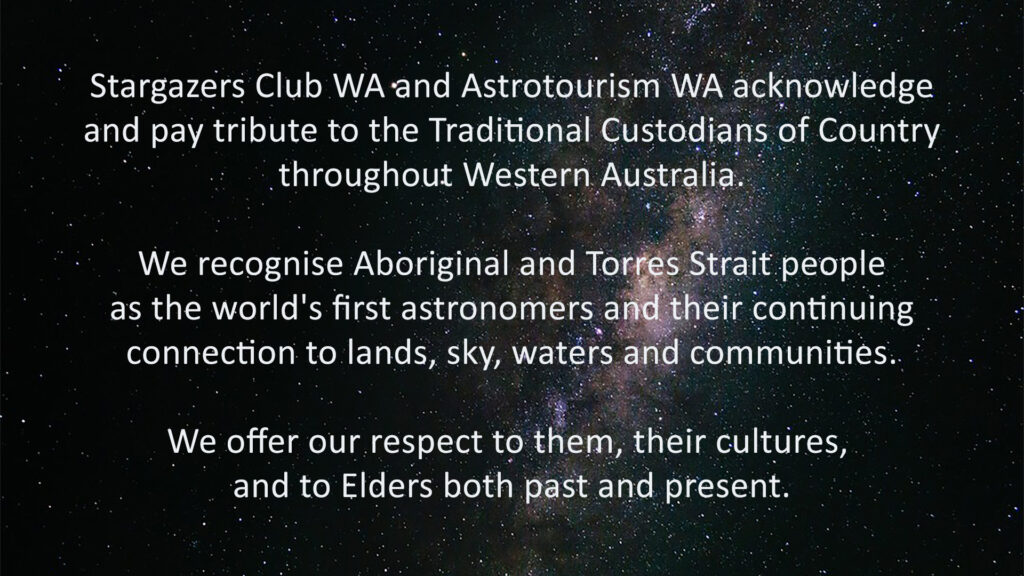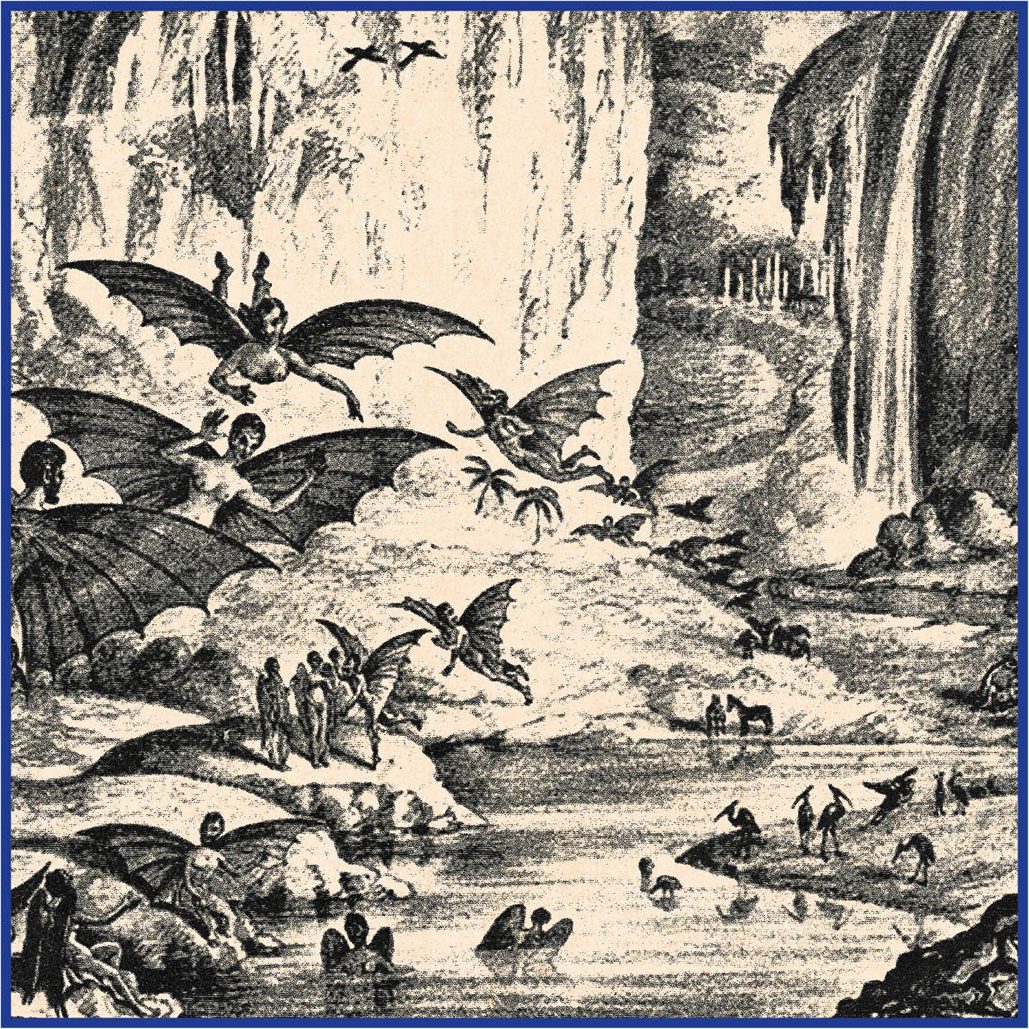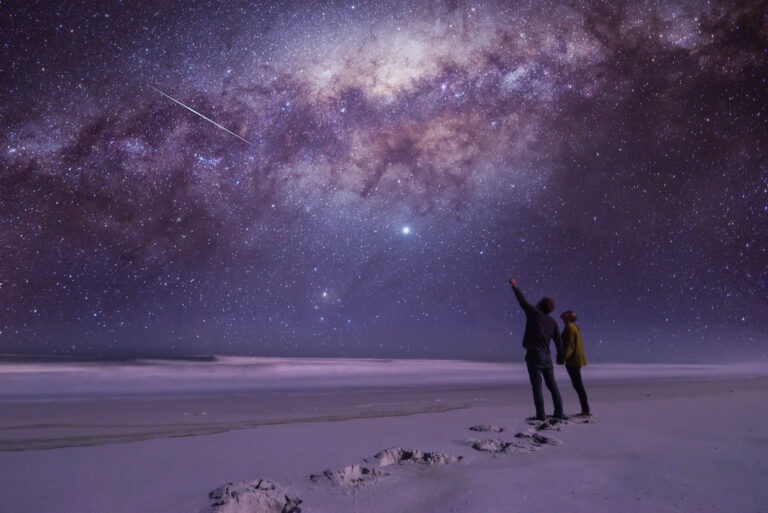This month, we’re very excited to be bringing you our favourite and most fascinating Moon facts. Just like the Moon itself, we’re sure these facts will ignite your imagination and make you smile.
International Moon Day (not to be confused with International Observe the Moon Night) celebrates the anniversary of the Apollo 11 moon landings on 20 July, and we love any excuse to talk about Earth’s wonderful celestial companion.
Prepare for lift off as we explore some wonders of the Moon.
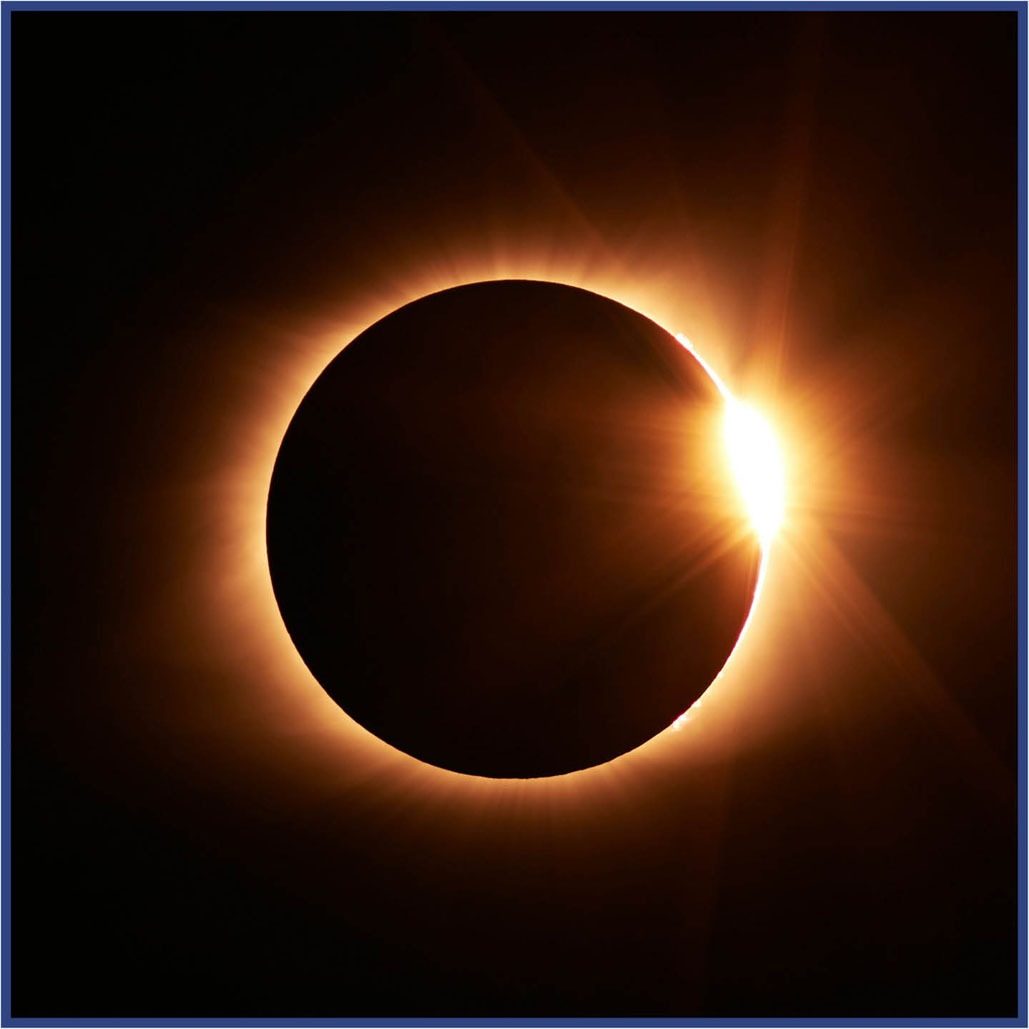
Moon Fact #1: Eclipses are a cosmic coincidence
The Moon is approximately 400 times smaller than the Sun. By coincidence, it’s currently about 400 times closer to Earth, which is why we get eclipses. But we won’t forever.
Scientists, bouncing lasers off mirrors positioned on the lunar surface, have measured that our gravitational dance partner is drifting away from the Earth. At about 3.8 centimetres per year.
Astronomers predict Earth will tidally lock with the Moon about 50 billion years from now, ending this cosmic uncoupling. However, our Sun will become a red giant and swallow both the Earth and the Moon before then, so you don’t need to put it in your diary.
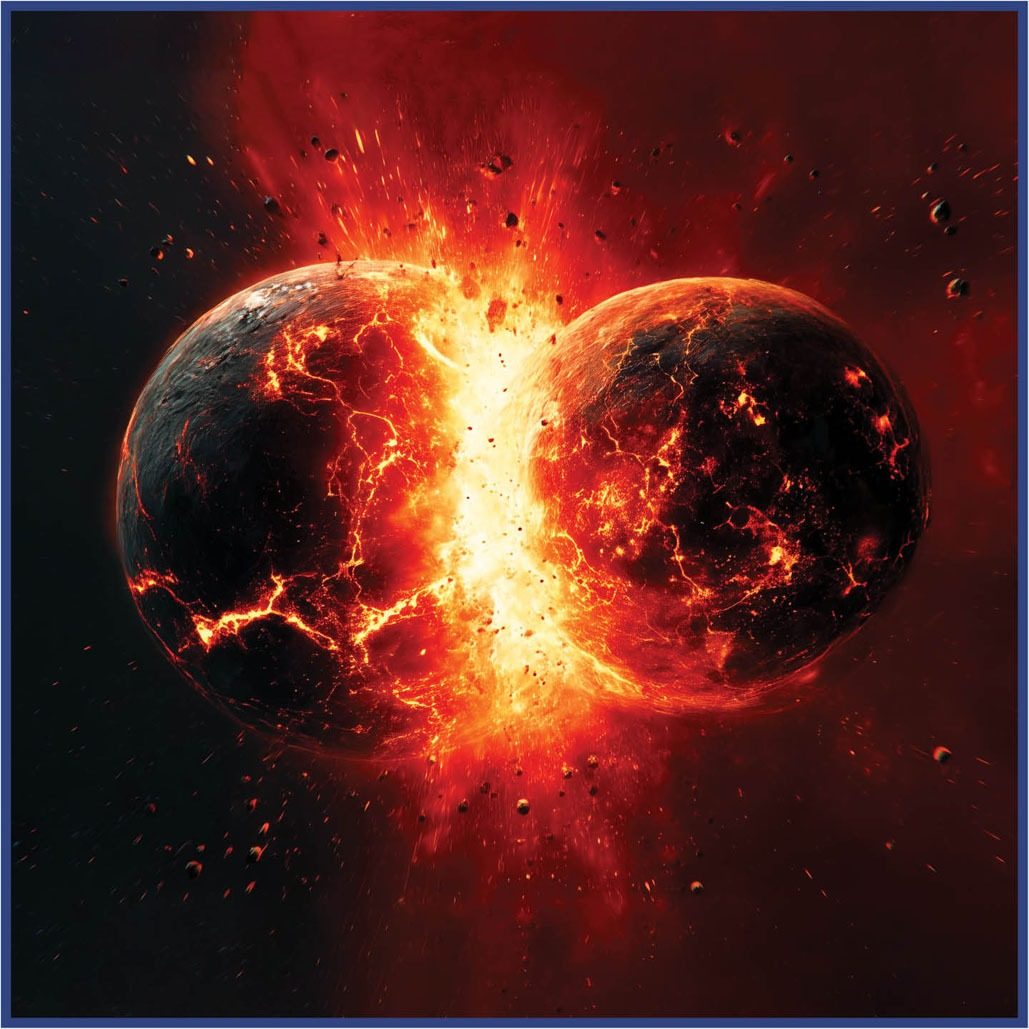
Moon fact #2: The Moon had a violent beginning
The Moon formed around 50 million years after the origin of the Solar System. How it formed is less clear.
There is one leading theory for how the Moon got its place in our orbit. It goes that our Earth-Moon system formed after a Mars-sized object impacted the proto-Earth. Some of Theia sank into Earth’s mantle, with liquefied lumps of Earth thrown into space, and forming our celestial night light.
Some questions remain unresolved by this theory, including how the impact only resulted in one natural satellite. Read more on the subject courtesy of the European Space Agency here: Moon Formation theories.
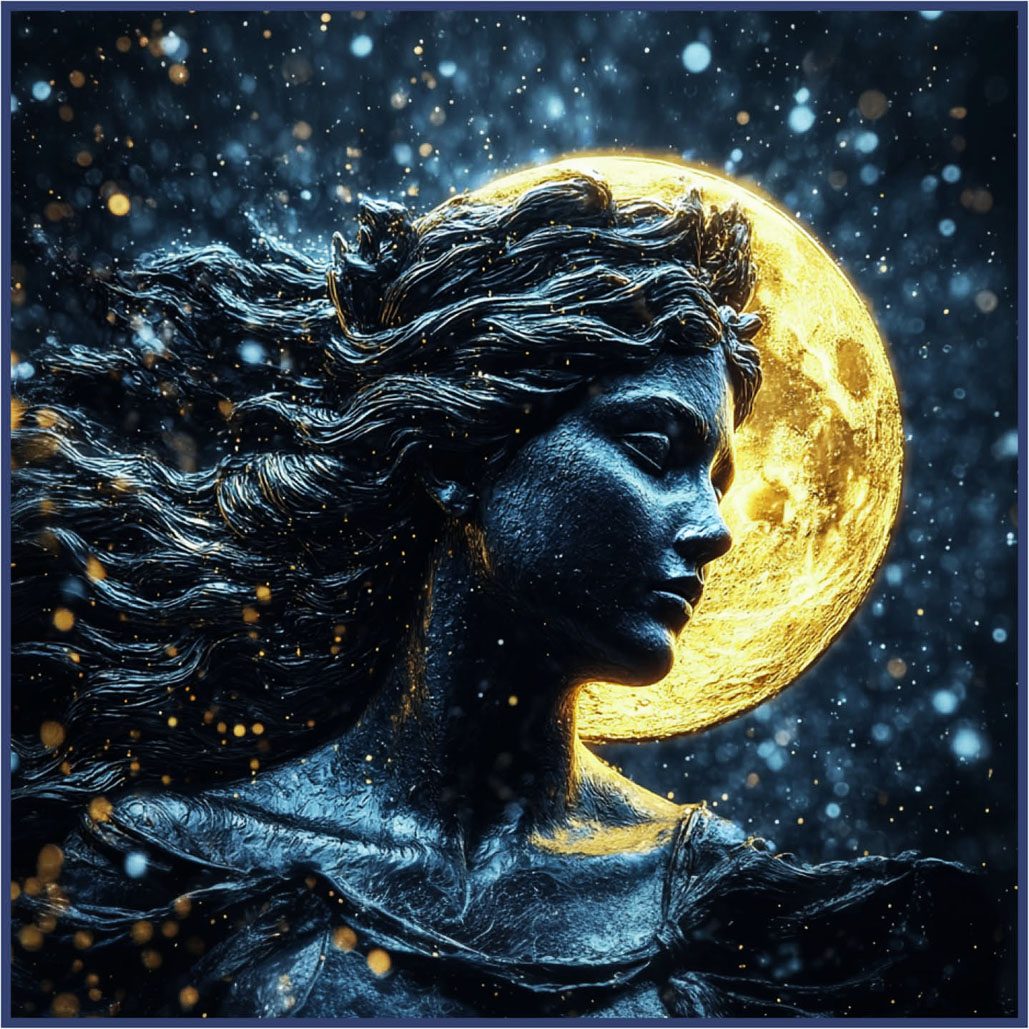
Moon fact #3: Giving the Moon a name
The Moon has only one official name: Moon. But, in non-scientific writing, it’s called many things, including Luna (from the Latin), Selene (after the Greek goddess of the Moon), and Cynthia, another name for Selene, and used by the poet John Milton in 1605.
Even in science, we use the word lunar as an adjective when referring to the Moon, and words beginning seleno, such as selenography, relating the study of the physical features of the Moon. We use all three names to refer to lunar orbits: apolune, pericynthion, and selenocentric.
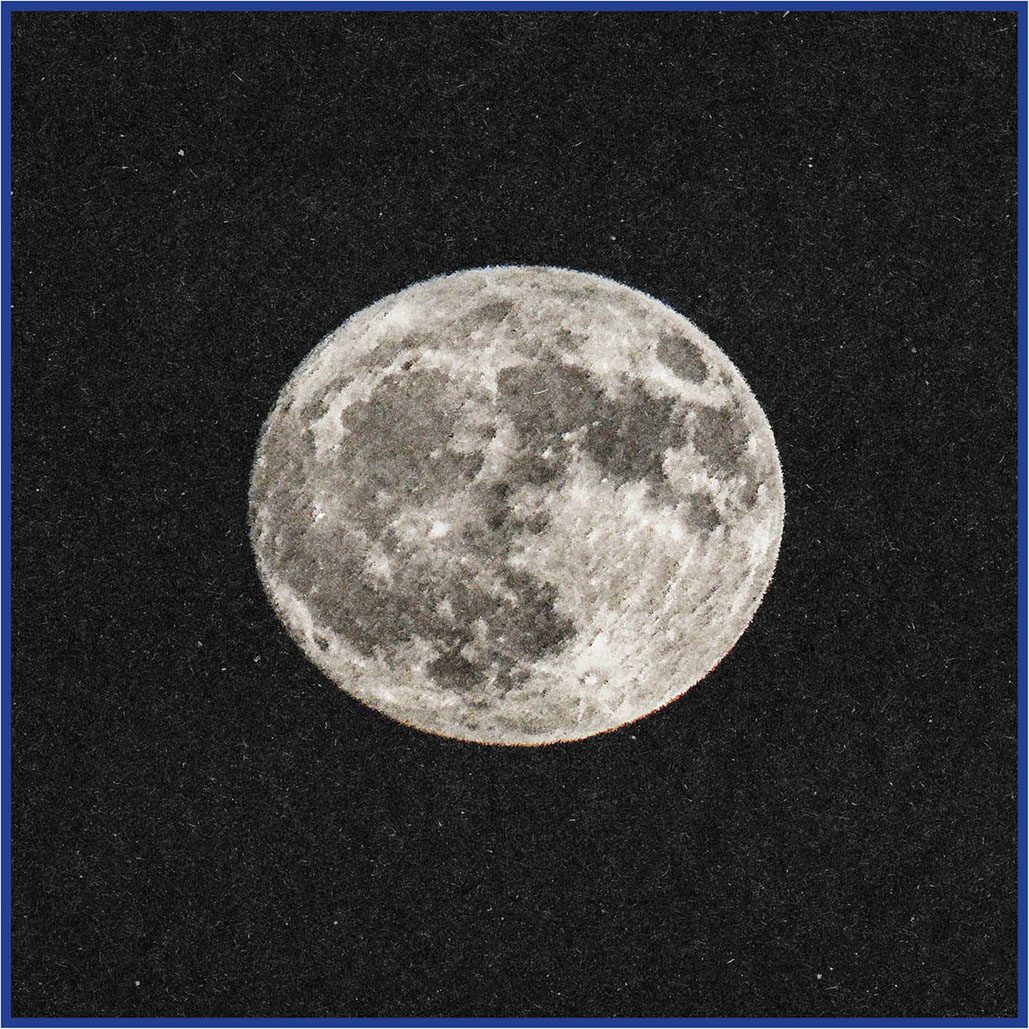
Moon fact #4: The Moon isn’t perfectly round
The night’s silvery sphere isn’t actually spherical; instead, the Moon is a slightly scalene ellipsoid. If that means nothing to you, close your eyes and, if you can, picture a football, or a lemon. Got it? That’s an ellipsoid.
Slightly scalene means our ellipsoid Moon’s three main dimensions (length, width, and height) are all different from each other, but only slightly.
This quirky shape tells us that when the Moon formed, it was orbiting at half its current distance from Earth, and the tidal forces exerted on it were much stronger than they are now. As the Moon cooled and solidified, it froze in its current shape.
Moon fact #5: A newspaper reported bat-winged people on the Moon
In 1835, New York City’s Sun newspaper printed a serialised satirical (and entirely fictional) account of Sir John Herschel’s recent moon observations.
The story started with modest claims, such as the Moon was made of greenish-brown basalt and had an atmosphere, before escalating to claims of forests, unicorns, bipedal beavers, and bat-like winged people.
The idea wasn’t totally outlandish. William Herschel, the royal astronomer father to John, and brother of the great astronomer Caroline Herschel, thought he saw forests on our closest cosmic neighbour’s surface and suggested the Sun was a “habitable globe”.
John Herschel initially thought the Sun’s article was funny, but became less amused when constantly asked about it.
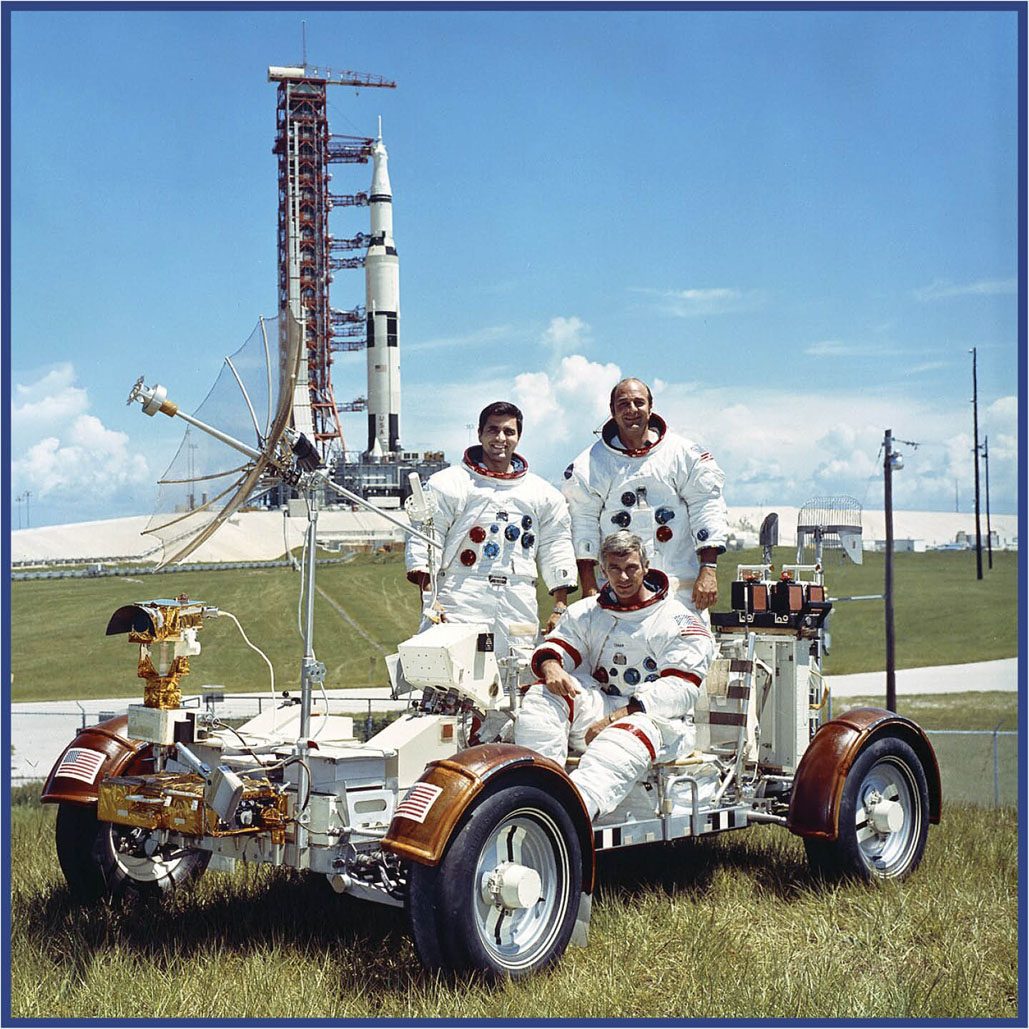
Moon fact #6: The last Apollo moon mission included five live mice
The last crewed mission to the Moon was Apollo 17: which landed on 11 December 1972. This means every crewed Apollo mission took place in the five years between the ill-fated Apollo 1 in 1967 and Apollo 17 in 1972.
Along with the three human crew members on this last crewed Moon mission, Apollo 17 also carried five pocket mice. The mice stayed on the command module.
From the most fascinating moon facts, it’s clear our celestial neighbour continues to surprise and enthral us, and reminds us of the vast wonders of stargazing. If you love the Moon and looking at the stars, check out the Full Moonrise at Sunset event on 11 July in the Astrotourism town of Menzies.

Jay Chesters
Jay Chesters is a wordsmith with a little bit of a thing for the stars. As a cosmic storyteller with a love for astronomy and space that's out of this world, Jay’s always eager to share his knowledge and passions.
See the best meteor showers in astrotourism towns
